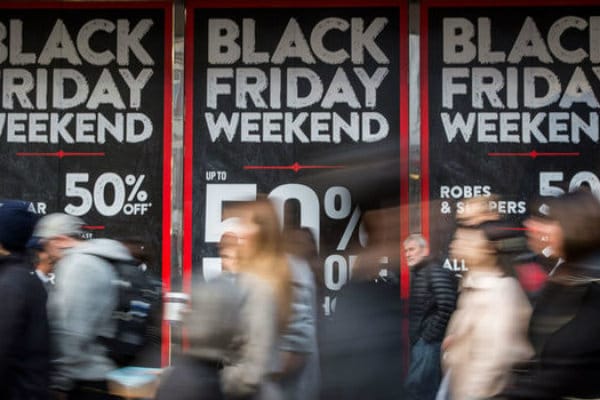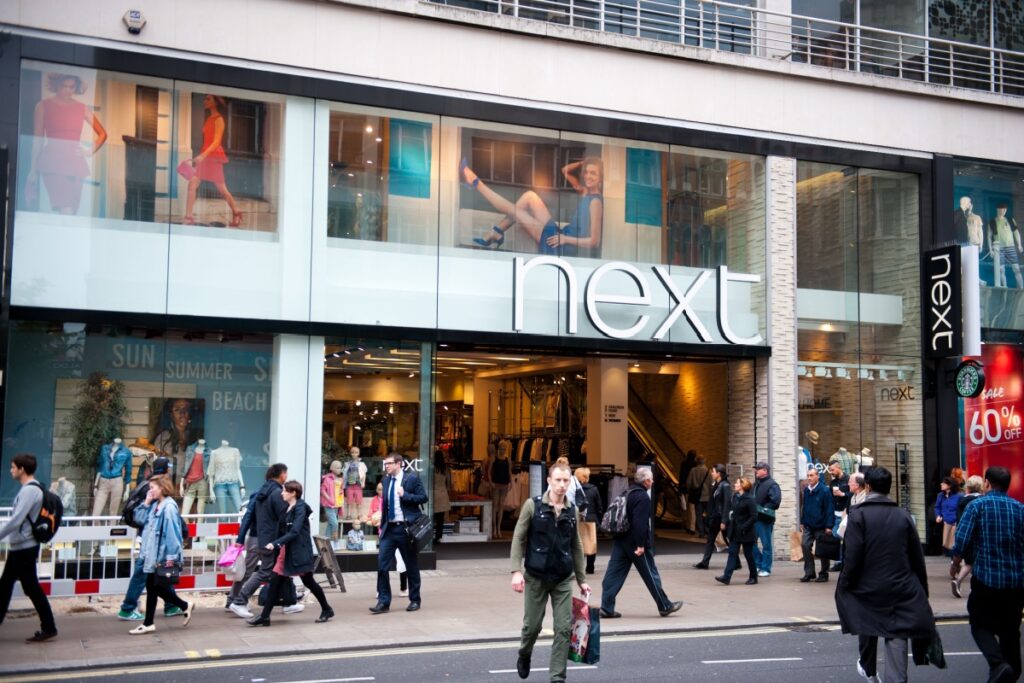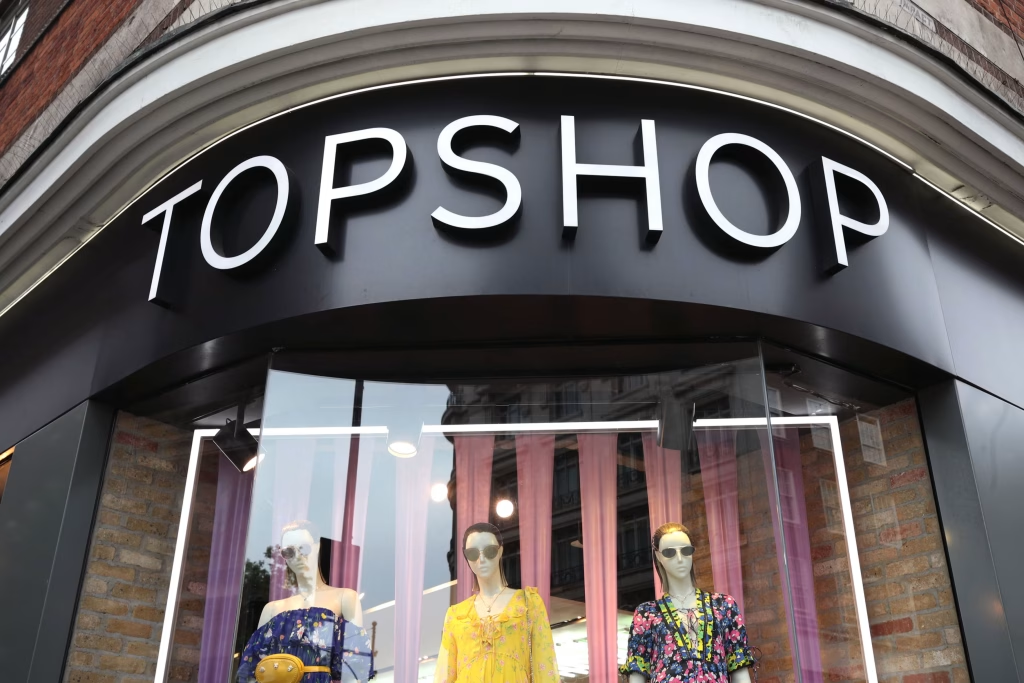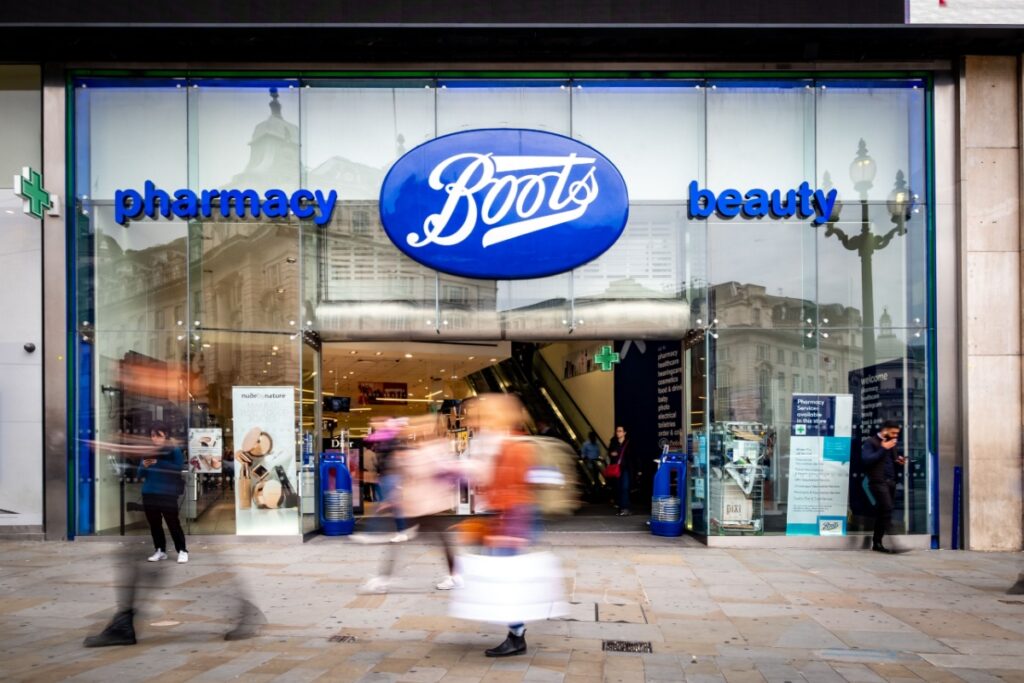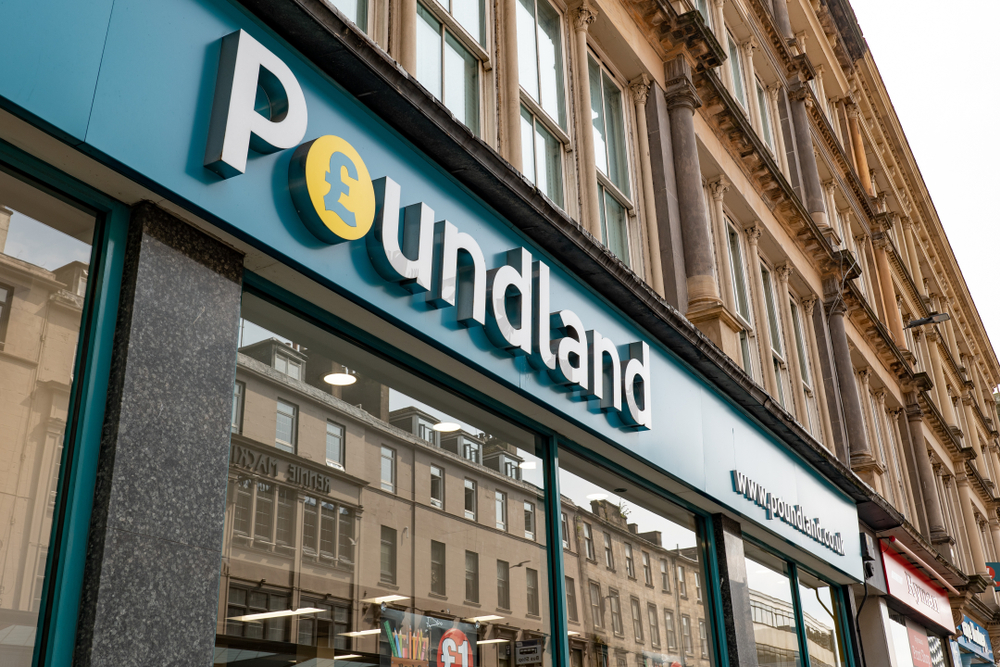Black Friday never fails to conjure powerful and distinctive images in people‘s minds. Whether frenzied media reporting, swathes of consumers battling over the last item on sale or just general chaos – no other day in retail is quite so evocative, or as efficient at polarising opinion.
Since its inception in the 1930s, Black Friday has signalled the beginning of the holiday shopping season in the US – the day after Thanksgiving when many retailers opened longer and promoted offers.
Therefore, it is not a new online phenomenon as many people may believe. That is not to underplay the central role that the internet has played in catalysing the growth in popularity of Black Friday, carrying it across the pond initially to the UK‘s online sphere and subsequently, itshigh streets.
The emergence of Black Friday and its sibling, Cyber Monday (at the other end of the weekend) has significantly distorted the buying habits of consumers as many now wait for the bargains this small window provides.
Scepticism may have shrouded Black Friday‘s earlier days, but its popularity has rolled inexorably on and now virtually everyone is involved in some form – in many markets it has become the norm, rather than the exception. Yet this has resulted in fewer brands being able to stand out and capitalise, and although a brand‘s volume of sales may increase as products are at a lower margin, there is no guarantee that this will equate to greater profit.
Despite this, breaking ranks with the phenomenon in isolation is both risky and potentially dangerous to a brand – as Asda found out to its detriment last year. The reality is that swimming against such a forceful current will see you miss out on what has become the new peak. If you‘re not involved it is very difficult to recover on what you have missed out on once the “big spend” has passed.
RELATED: Can retailers do badly out of Black Friday?
Therefore, reconciling a suitable financial strategy with the retention of brand integrity is a challenge that leads many retailers to eye Black Friday with a degree of caution. The key lies in maximising profit without devaluing your brand.
One such way to do this is to reduce the pressure on the consumers by extending the promotional period to include the days between Black Friday and Cyber Monday, as we do at Christopher Ward. High-pressure selling is best left to insurance salesmen and second-hand car dealers, not luxury brands.
It‘s also important to avoid slashing and burning your prices. Instead, focus on making the equation of price to volume work for you. Avoiding too dramatic a price reduction has a further benefit, in that new customers you acquire at this time are far more likely to return as recommended retail price buyers at a later date.
Black Friday does present opportunity, particularly with regards to reaching a non-core audience and acting as a gateway to introduce them to the brand. Luring first-time buyers in with slightly reduced prices, the quality of your product then gives you a real chance to secure them as regular long-term customers. In this sense Black Friday discounts can simply be equated to serving as a new customer acquisition cost.
The conclusion of Black Friday generally sees a lull, and this is an opportunity in itself to draw a line under what has happened in the preceding months and to refresh, reassess and regroup before the run up to Christmas. Styles, fashions and design are always shifting and evolving, and the end of Black Friday provides a natural break to take stock and determine your direction.
Consumers will always harbour certain expectations regarding Black Friday and as a brand we know that we must, to a degree, meet those expectations. The real chall


